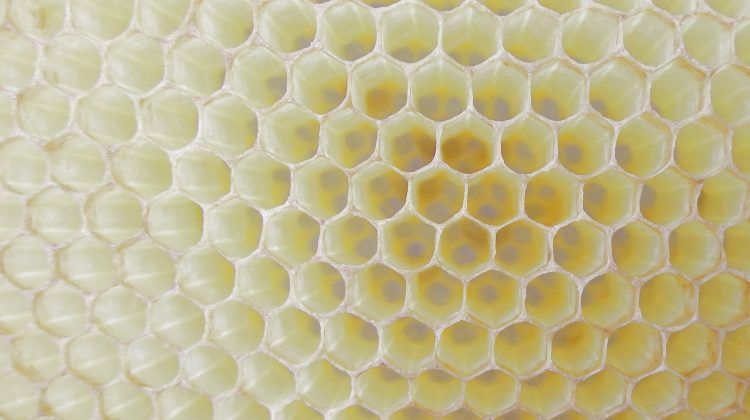
Antibacterial, antibiofilm, and cytotoxic activities and chemical compositions of Peruvian propolis
Antibacterial, antibiofilm, and cytotoxic activities and chemical compositions of Peruvian propolis in an in vitro oral biofilm
Background: Natural products with antibacterial potential have begun to be tested on biofilm models, bringing us closer to understanding the response generated by the complex microbial ecosystems of the oral cavity. The objective of this study was to evaluate the antibacterial, antibiofilm, and cytotoxic activities and chemical compositions of Peruvian propolis in an in vitro biofilm of Streptococcus gordonii and Fusobacterium nucleatum.
Methods: The experimental work involved a consecutive, in vitro, longitudinal, and double-blinded study design. Propolis samples were collected from 13 different regions of the Peruvian Andes. The disk diffusion method was used for the antimicrobial susceptibility test. The cytotoxic effect of propolis on human gingival fibroblasts was determined by cell viability method using the MTT (3-[4,5-dimethylthiazol-2-yl]-2,5 diphenyl tetrazolium bromide) assay, and the effect of propolis on the biofilm was evaluated by confocal microscopy and polymerase chain reaction (PCR).
Results: The 0.78 mg/mL and 1.563 mg/mL concentrations of the methanolic fraction of the chloroform residue of Oxapampa propolis showed effects on biofilm thickness and the copy numbers of the srtA gene of S. gordonii and the radD gene of F. nucleatum at 48 and 120 hours, and chromatography (UV, λ 280 nm) identified rhamnocitrin, isorhamnetin, apigenin, kaempferol, diosmetin, acacetin, glycerol, and chrysoeriol.
Conclusions: Of the 13 propolis evaluated, it was found that only the methanolic fraction of Oxapampa propolis showed antibacterial and antibiofilm effects without causing damage to human gingival fibroblasts. Likewise, when evaluating the chemical composition of this fraction, eight flavonoids were identified.
Corresponding author: Pablo Alejandro Millones Gómez
Competing interests: No competing interests were disclosed.
Grant information: This work was supported by Consejo Nacional de Ciencias y Tecnología (CONCYTEC)—Peru; Universidad Peruana Cayetano Heredía No. 163-2016-UPCH. The funds were assigned to Dora Jesús Maurtua Torres.
The funders had no role in study design, data collection and analysis, decision to publish, or preparation of the manuscript.
Copyright: © 2021 Millones Gómez PA et al. This is an open access article distributed under the terms of the Creative Commons Attribution License, which permits unrestricted use, distribution, and reproduction in any medium, provided the original work is properly cited.
How to cite: Millones Gómez PA, Tay Chu Jon LY, Maurtua Torres DJ et al. Antibacterial, antibiofilm, and cytotoxic activities and chemical compositions of Peruvian propolis in an in vitro oral biofilm [version 2; peer review: 2 approved].
